In our hyper-connected world of GPS navigation and smartphone maps, the art of getting deliberately lost has become a rare pleasure. There’s something liberating about wandering without an exact destination, allowing curiosity to guide your footsteps rather than the blue dot on your screen. The perfect city for intentional wandering offers a mix of safety, walkability, distinctive neighborhoods, and cultural richness that rewards spontaneous exploration.
Here is a list of 20 remarkable cities around the world where getting lost isn’t a problem to solve—but an experience to savor.
Venice, Italy
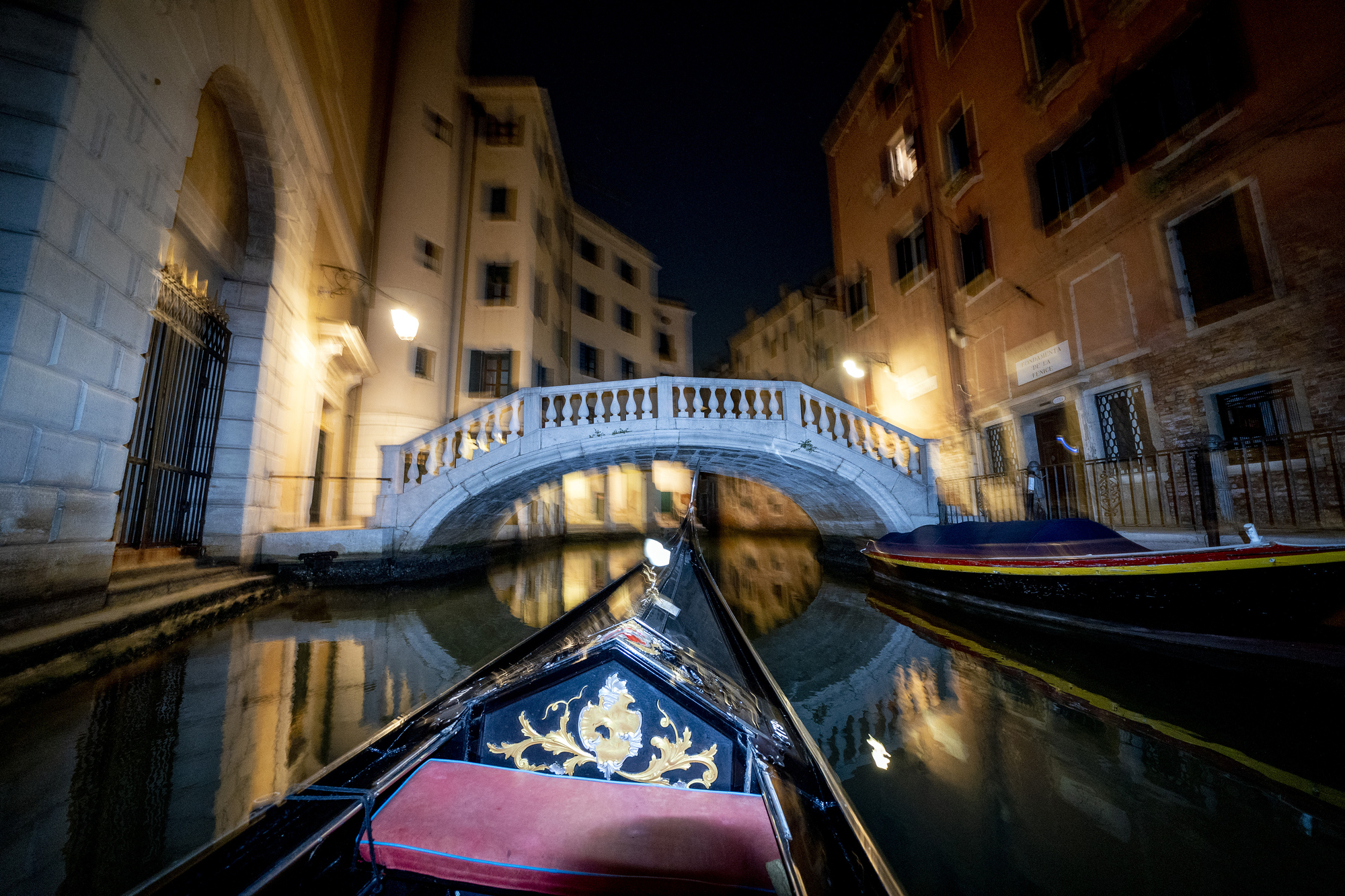
Venice’s 118 islands, connected by 400 bridges, create a labyrinth where even seasoned travelers happily surrender to disorientation. The absence of cars means you can wander the narrow calli without worrying about traffic, discovering hidden courtyards and tiny squares that don’t appear in guidebooks.
Locals often say the best way to experience Venice is to put away your map until you need to find your way back to your hotel or apartment, allowing the city’s watery maze to reveal its secrets at its own pace.
Kyoto, Japan
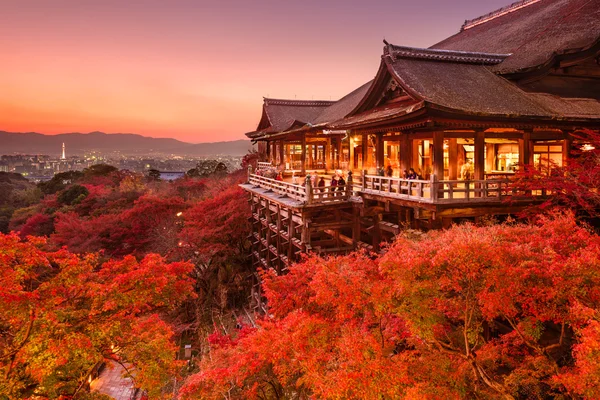
Behind Kyoto’s orderly grid of main streets lies a network of smaller alleys and passages called roji that date back centuries. These narrow pathways wind between traditional wooden machiya townhouses, offering glimpses into courtyard gardens and craft workshops that maintain traditions dating back generations.
The Gion and Pontocho districts particularly reward aimless wandering, especially at dusk when lanterns illuminate the wooden facades and the boundaries between past and present seem to dissolve.
Like Travel Pug’s content? Follow us on MSN.
Fez, Morocco

The medina of Fez contains over 9,000 alleys within its medieval walls, creating what many consider the world’s largest car-free urban area. Some passages are narrow, just two feet wide, barely allowing two people to pass each other under buildings that nearly touch overhead.
Maps become almost useless in this three-dimensional maze where streets have no signs and landmarks hide behind unmarked doors.
Lisbon, Portugal
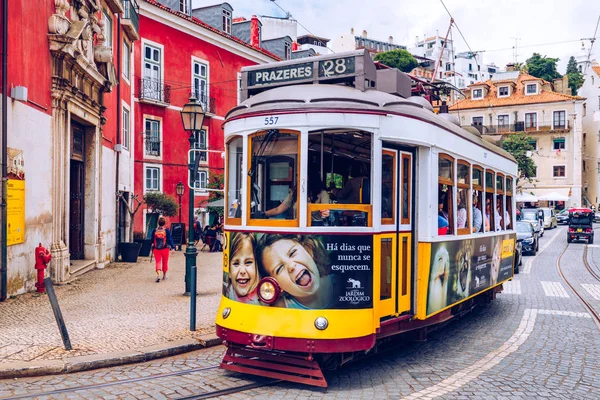
The hilly Alfama district survived Lisbon’s devastating 1755 earthquake, preserving a medieval street pattern that follows no logical order. Narrow stairways appear suddenly between buildings, opening to breathtaking viewpoints over terracotta rooftops to the Tagus River below.
The neighborhood’s tradition of fado music means wanderers might turn a corner to find melancholy Portuguese songs spilling from an unmarked tavern. Even locals admit to discovering new passages after years of living in this constantly surprising quarter.
Edinburgh, Scotland
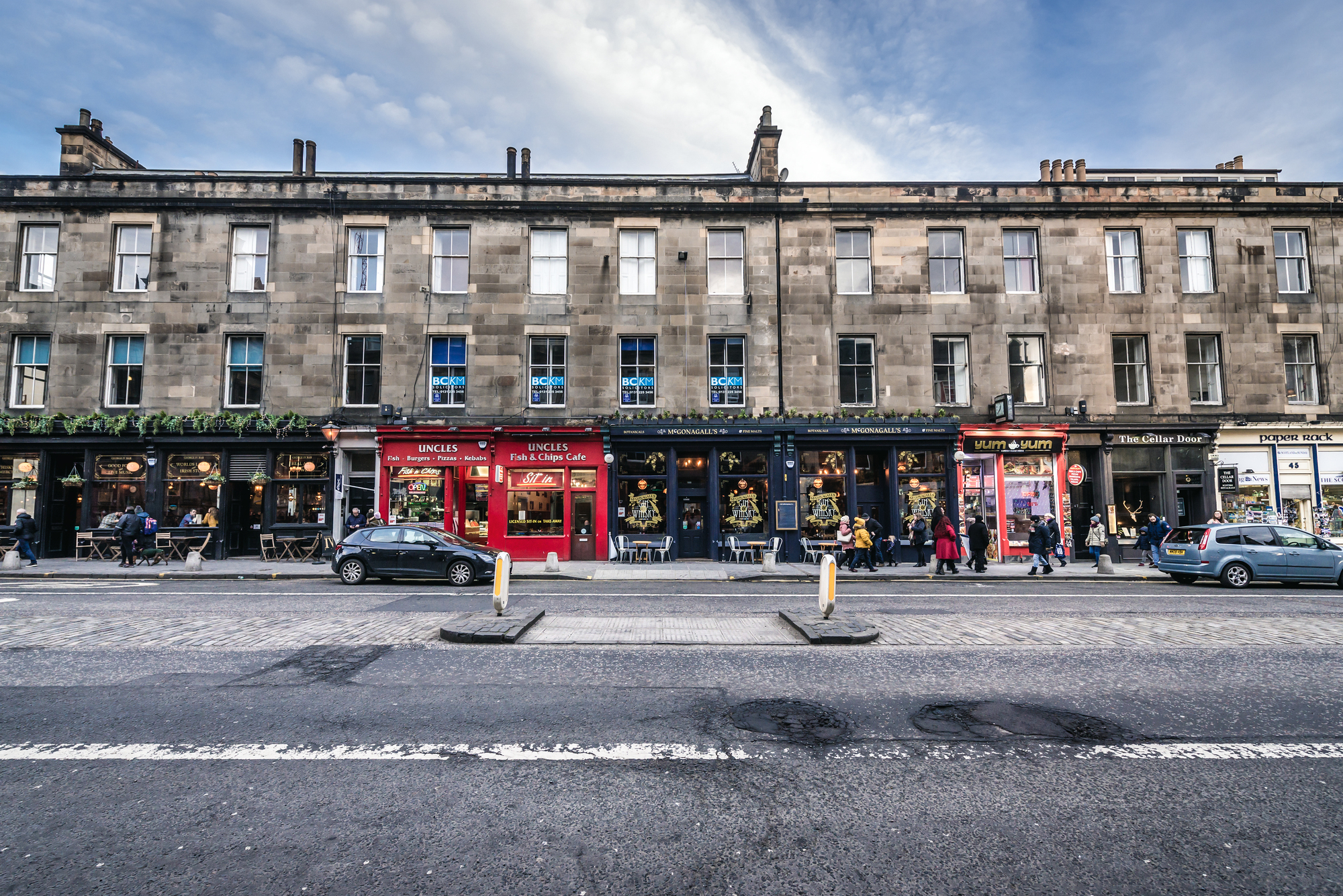
Edinburgh’s Old Town grew organically on a rocky ridge, creating a multi-level urban environment where bridges span ravines and streets stack atop one another. The Royal Mile’s main thoroughfare hides dozens of narrow ‘closes’ and ‘wynds’ that plunge steeply downhill between ancient buildings, some leading to centuries-old hidden gardens or secluded courtyards.
The city’s compact nature means getting lost is difficult, but finding your way back to familiar territory often involves delightful surprises and unexpected vistas.
Like Travel Pug’s content? Follow us on MSN.
Istanbul, Turkey
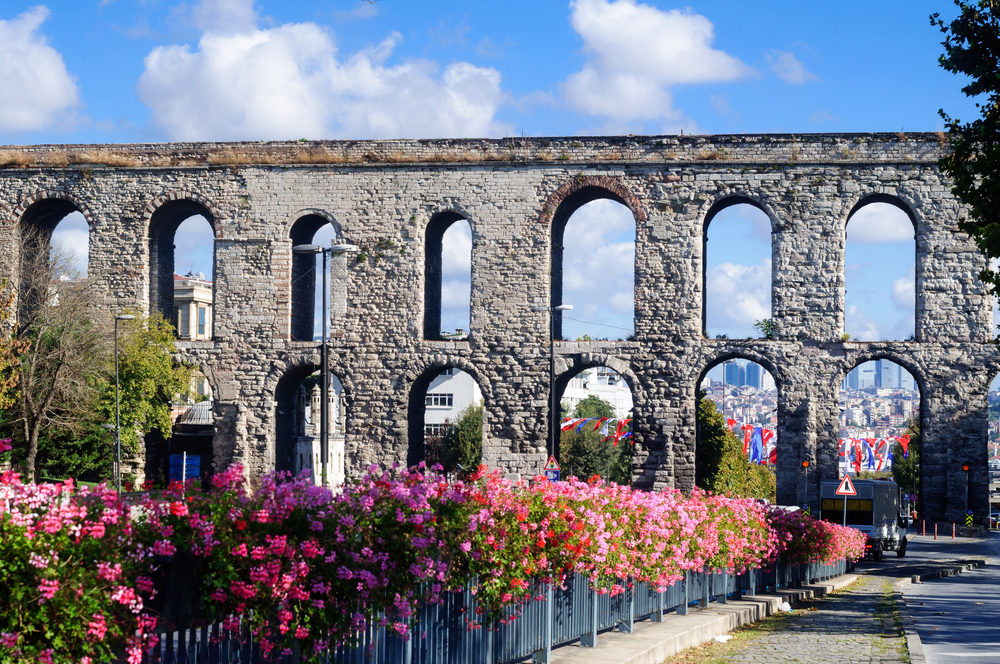
The Grand Bazaar’s 61 covered streets contain over 4,000 shops arranged in a pattern designed to encourage wandering and discovery. Beyond the bazaar, Istanbul’s oldest neighborhoods, such as Balat and Fener, reward explorers with a palimpsest of Byzantine, Ottoman, and modern Turkish cultures.
The city’s position straddling two continents means neighborhoods have distinctly different characters, allowing wanderers to experience multiple worlds within walking distance. Hills create surprising vantage points where the urban sprawl suddenly gives way to breathtaking views across the Bosphorus.
Varanasi, India
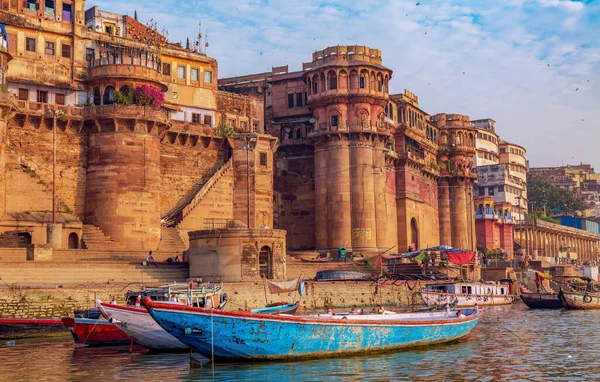
The ancient ghats of Varanasi line the western bank of the Ganges River in a confusion of alleyways that have accumulated over three millennia of continuous habitation. Wanderers move through spaces that abruptly transition from bustling silk markets to quiet residential courtyards to sacred temples.
The city’s spiritual significance creates a unique atmosphere where life’s major transitions—birth, death, marriage—play out publicly along the riverside steps. Getting lost here means stumbling upon ceremonies and daily rituals that have been unchanged for centuries.
Prague, Czech Republic
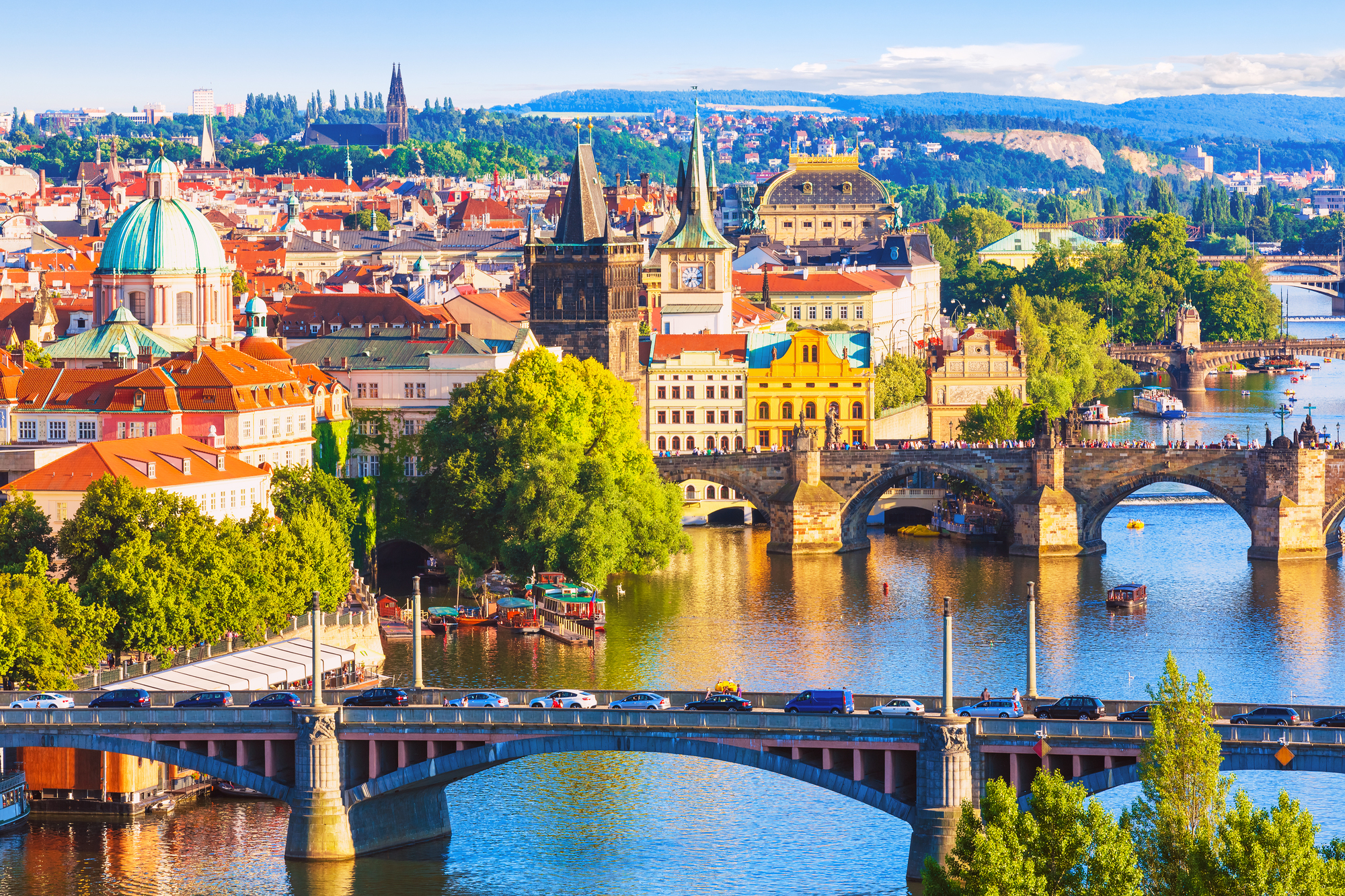
Prague’s Old Town and Lesser Quarter maintain their medieval street patterns, creating a playground for intentional wandering. Passages sometimes lead through buildings rather than around them, emerging in courtyards unknown even to many locals.
The city’s preservation of architectural styles spanning a millennium means turning a corner might reveal Romanesque, Gothic, Renaissance, Baroque, and Art Nouveau buildings standing shoulder to shoulder. Prague’s compact size means landmarks like the castle and river help orient wanderers who’ve ventured too far from familiar territory.
Like Travel Pug’s content? Follow us on MSN.
Stone Town, Zanzibar
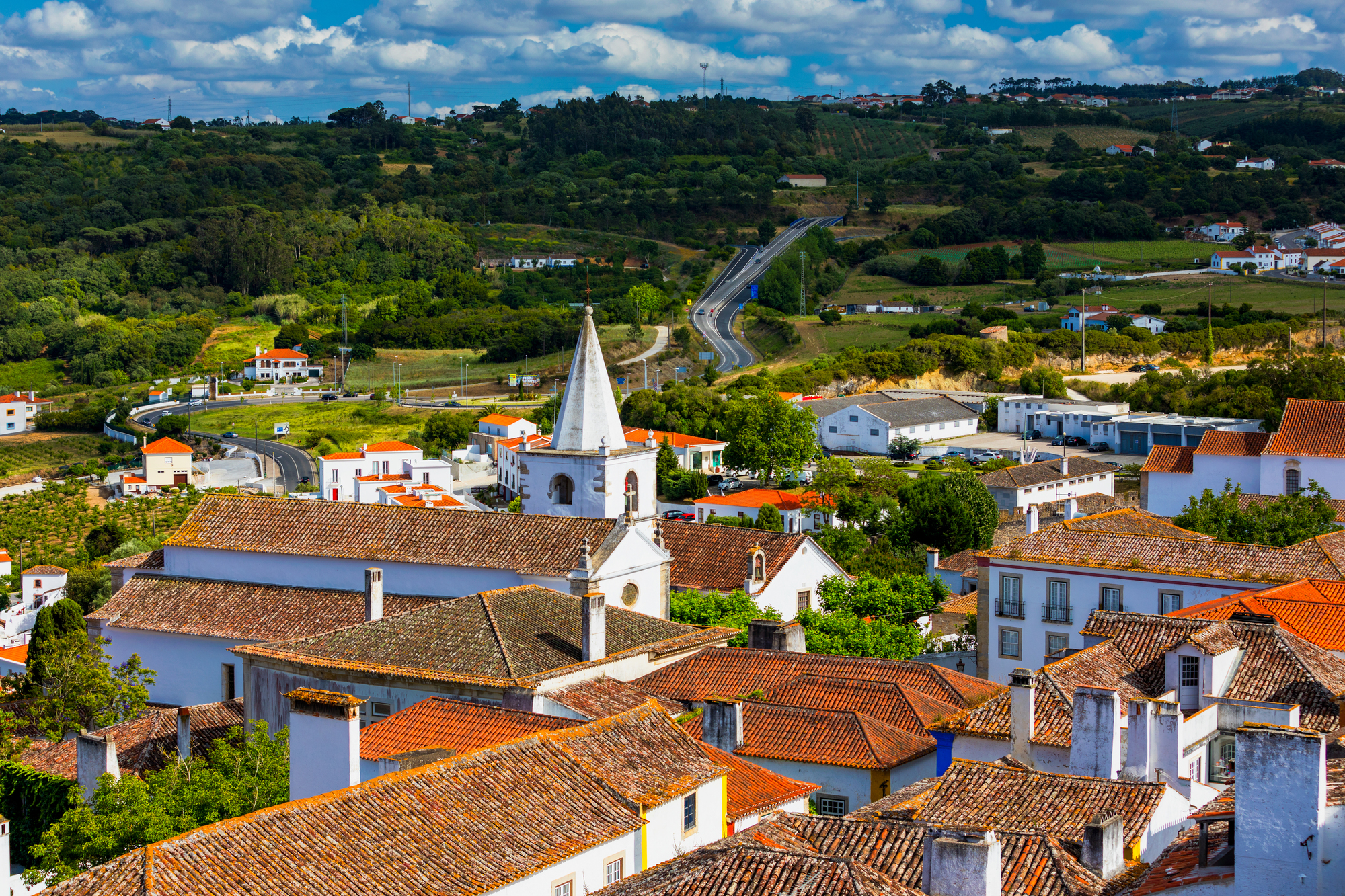
Stone Town’s narrow streets suddenly open into small squares where massive wooden doors studded with brass spikes—some dating to the 16th century—hint at the wealth that once flowed through this trading port. The blend of Arabic, Persian, Indian, and European architectural influences creates a unique urban texture that changes character with the quality of light throughout the day.
Buildings often connect through hidden passages on upper floors, a reminder of the past when wealthy merchants moved between properties without descending to street level.
Valparaíso, Chile
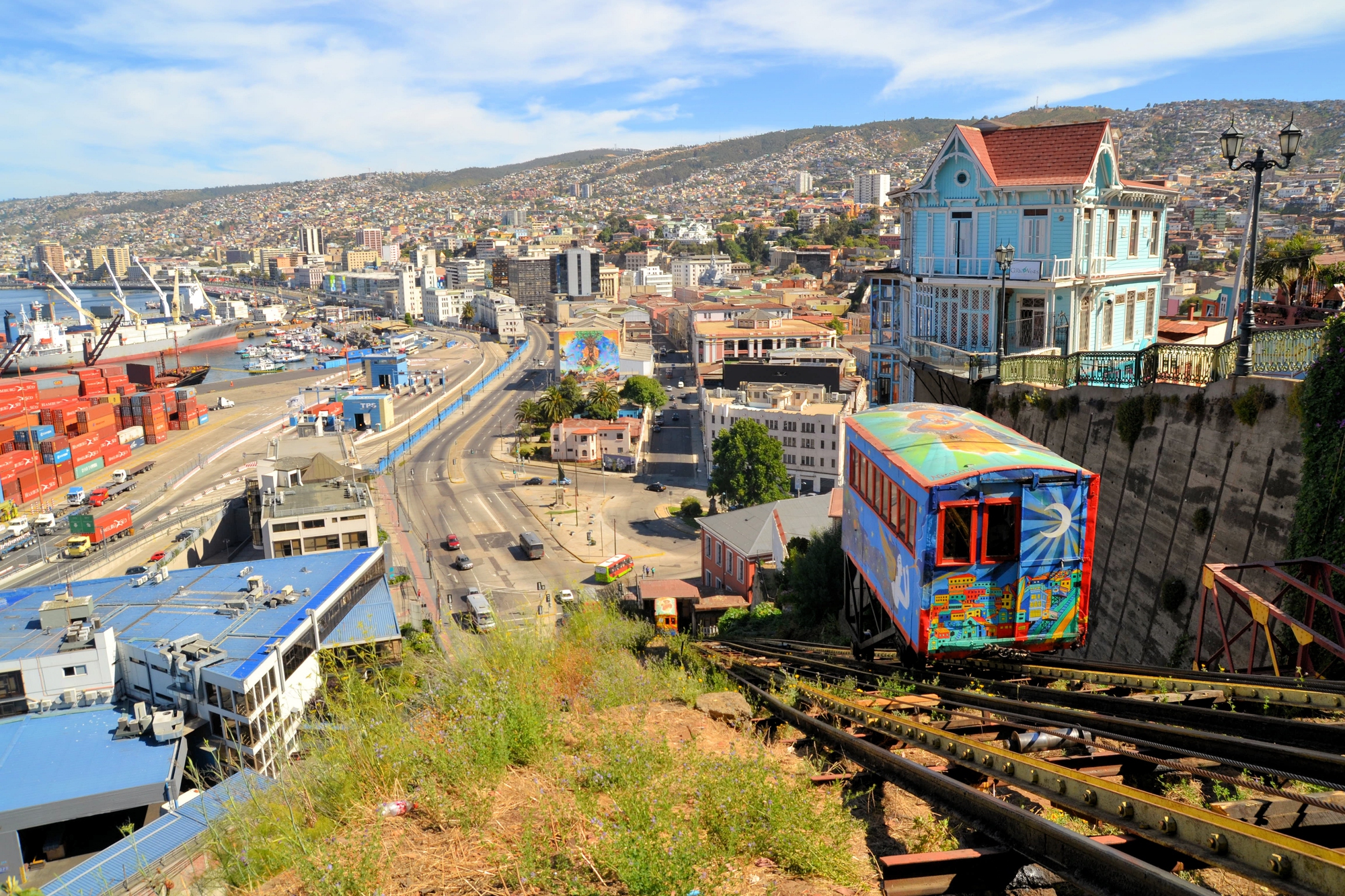
Built on 42 hills overlooking the Pacific, Valparaíso’s neighborhoods connect via a network of staircases, alleyways, and historic funicular elevators. The city’s renowned street art transforms ordinary corners into unexpected galleries, rewarding those who venture off main routes.
Houses painted in bold colors create a visual landmark system, helping wanderers get enjoyably lost without losing their bearings entirely. For centuries, the city’s status as a major port has created cultural pockets reflecting global influences, from British naval architecture to German commercial buildings.
Seoul, South Korea

Behind Seoul’s modern skyscrapers lie ancient hanok neighborhoods where traditional courtyard houses create an intimate scale perfect for wandering. Areas like Bukchon and Ikseondong preserve alleyways that are too narrow for cars, where wooden buildings with distinctive curved tile roofs house tea shops and craft studios.
The contrast between these historic districts and Seoul’s ultramodern downtown creates a time-travel effect for wanderers moving between areas.
Like Travel Pug’s content? Follow us on MSN.
Cartagena, Colombia

The walled old city of Cartagena hides plazas behind colorful colonial facades where bougainvillea spills from balconies overhead. Wanderers discover that similar-looking streets lead to completely different environments—from lively music venues to peaceful residential courtyards.
The combination of Caribbean and Spanish influences creates a distinctive atmosphere where impromptu dance performances might appear around any corner.
Marrakech, Morocco

The rose-colored walls of Marrakech’s medina contain neighborhoods organized historically by trades—metalworking, leather, textiles—creating distinct sensory zones for wanderers to discover. Derbs (residential alleys) branch off main thoroughfares, becoming increasingly private and quiet as they penetrate deeper into residential quarters.
The central Jemaa el-Fnaa square serves as both a landmark and a destination, transforming from daytime market to evening food bazaar to late-night storytelling venue.
Hanoi, Vietnam

Hanoi’s Old Quarter assigns each street to a traditional trade, creating 36 distinct mini-neighborhoods within walking distance. The extremely narrow tube houses that extend 100 feet from the street create unexpected depth behind modest facades.
Wanderers discover alleyways often lead to invisible, concealed lakes or markets from main streets. The city’s French colonial influence appears unexpectedly in hidden corners, where art deco details might adorn a building otherwise typical of traditional Vietnamese architecture.
Like Travel Pug’s content? Follow us on MSN.
Rome, Italy
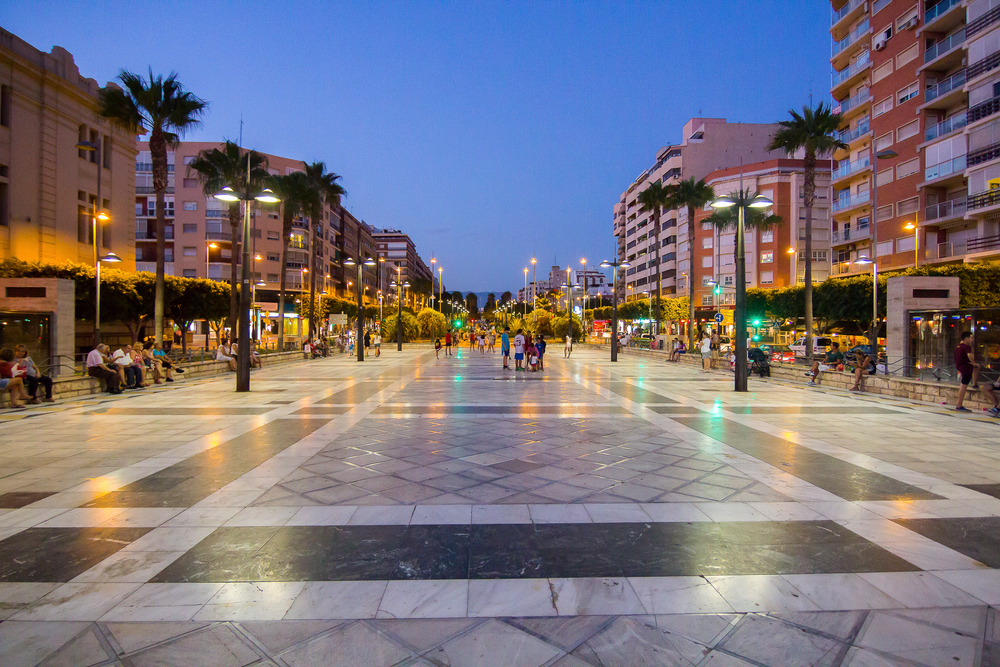
Rome’s historic center grew organically over 2,500 years, creating a streetscape where ancient monuments appear suddenly around ordinary corners. Small cobblestone streets often preserve their medieval dimensions, too narrow for vehicles and perfect for wandering without purpose.
Despite its central location, Trastevere’s rione (district) particularly rewards explorers with a village-like atmosphere. Wanderers regularly discover overlooked archaeological sites or tiny churches containing Renaissance masterpieces, treasures that would be main attractions in any other city.
Porto, Portugal
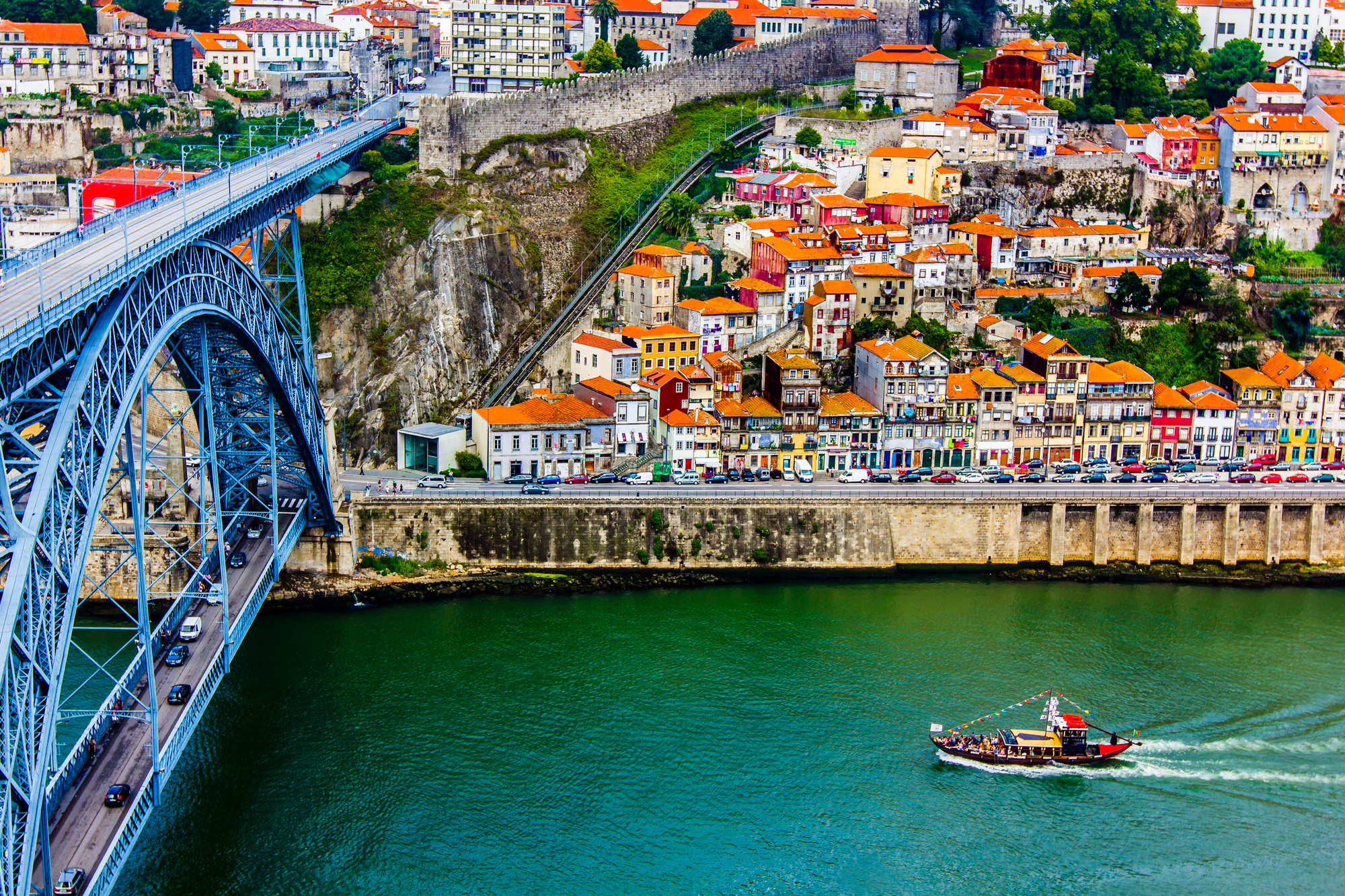
Porto’s historic center tumbles down steep hillsides toward the Douro River, creating a three-dimensional puzzle of staircases, hidden passages, and multi-level streets. The Ribeira district particularly rewards explorers with medieval alleyways that sometimes pass under buildings rather than around them.
Traditional azulejo tile work creates distinctive landmarks that help wanderers orient themselves while adding artistic beauty to ordinary corners. The city’s compact nature means even completely lost explorers eventually encounter the river or cathedral, providing natural reference points.
Kolkata, India
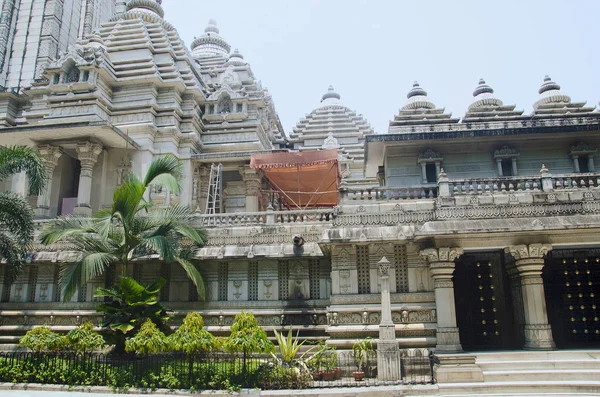
Kolkata’s neighborhoods like North Calcutta preserve narrow lanes where colonial-era mansions hide behind modest entrances. The city’s unique para system creates village-like communities within the urban fabric, each with a distinctive character and often centered around community spaces called maidans.
Wanderers discover that food stalls often mark the boundaries between these micro-neighborhoods, creating natural pauses in exploration.
Like Travel Pug’s content? Follow us on MSN.
San Francisco, USA

San Francisco’s famous hills create a naturally disorienting environment where streets appear to bend at impossible angles. The city’s distinctive neighborhoods change character within a few blocks, allowing wanderers to experience environments from upscale shopping districts to historic immigrant enclaves within minutes.
Hidden staircases cut between streets, revealing breathtaking vistas and garden-lined pedestrian routes invisible from main thoroughfares.
Mexico City, Mexico
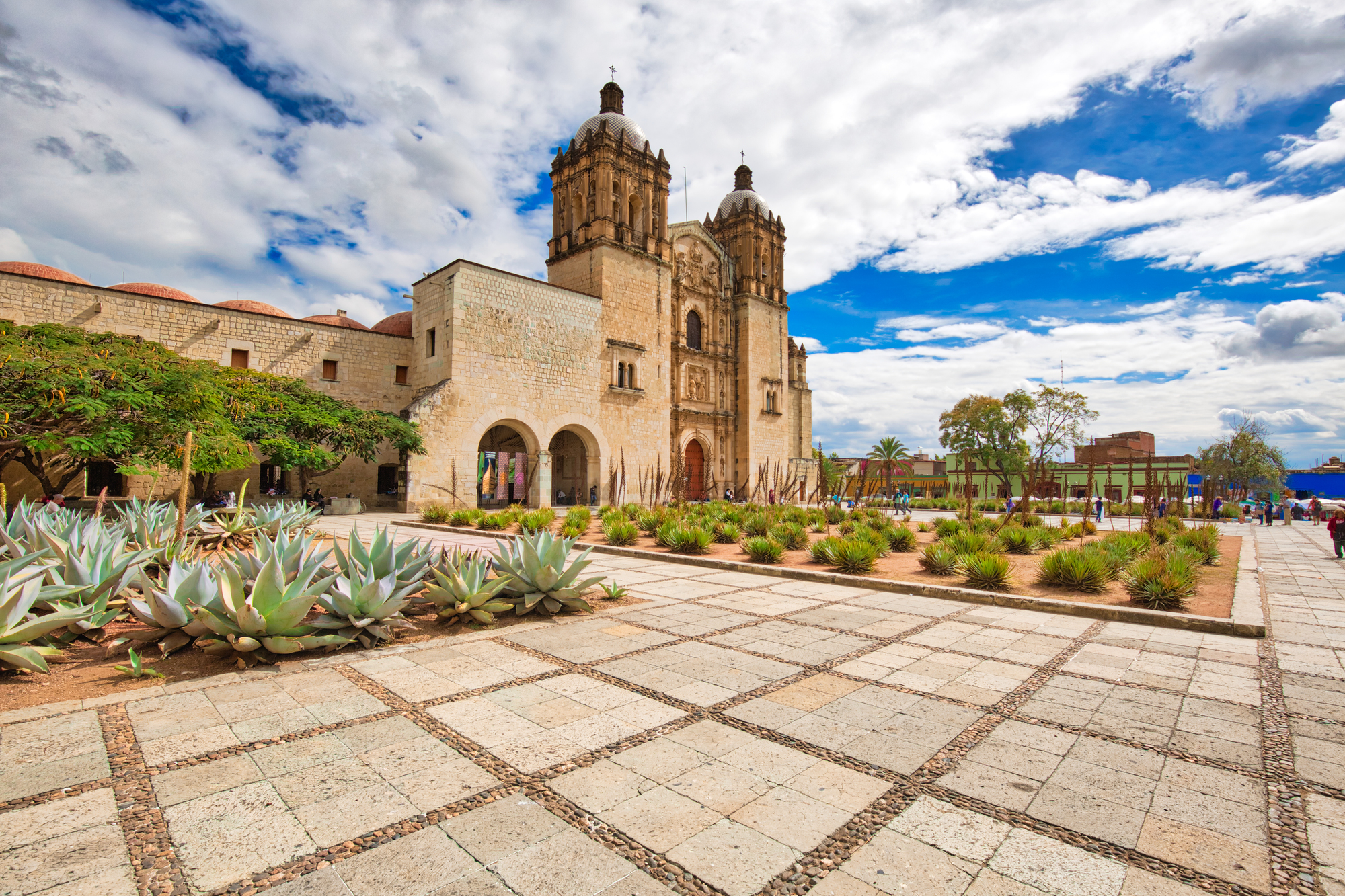
Mexico City’s historic center contains vestiges of Aztec Tenochtitlan alongside Spanish colonial architecture, creating sudden transitions between historical periods. Beyond the center, neighborhoods like Coyoacán and San Ángel maintain their pre-Hispanic street patterns, with narrow cobblestone lanes opening suddenly into vibrant plazas.
The city’s tradition of neighborhood markets means wanderers stumble upon bustling commercial centers hidden behind ordinary facades.
Budapest, Hungary
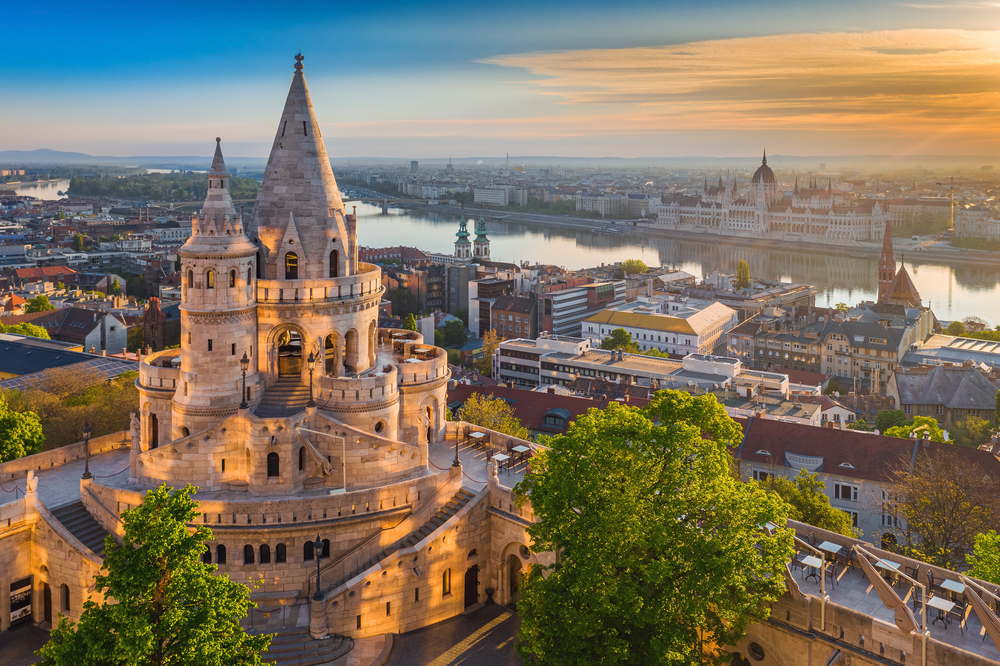
Budapest’s Jewish Quarter contains a network of interior courtyards connected by passages that thread through residential buildings, creating a semi-private world parallel to the street grid. The district’s famous ‘ruin bars’ occupy abandoned buildings whose unremarkable exteriors give no hint of the creative wonderlands within.
The city’s distinctive combination of Ottoman, Habsburg, and Soviet influences creates architectural surprises around ordinary corners.
Like Travel Pug’s content? Follow us on MSN.
Embracing the Joy of Disorientation

These 20 cities remind us that before navigation became instant and effortless, getting temporarily lost was part of how humans understood new places and discovered unexpected delight. The pleasure these urban environments offer isn’t about inefficiency or confusion, but rather the specific attention that emerges when we navigate by curiosity rather than digital assistance.
In surrendering to these labyrinths, we rediscover a mode of perception increasingly rare in our optimized world—one where unexpected connections form and memorable experiences arise precisely because we abandon the certainty of knowing exactly where we are.
More from Travel Pug

- Cities Growing so Fast You Won’t Recognize Them in 10 Years
- 13 Destinations Where Tourists Regularly Regret Their Trip
- 16 U.S. Cities That Are Quietly Becoming Travel Hotspots
- Where to Travel If You Love Long Bus Rides and Daydreams
- 20 Cities Perfect for Solo Travelers Who Crave Adventure & Culture
Like Travel Pug’s content? Follow us on MSN.
